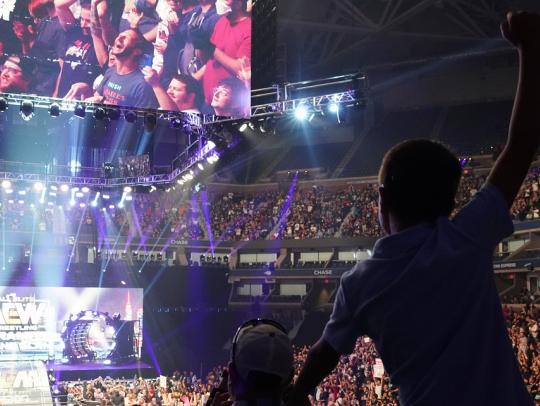The World Cup has boosted UHD adoption - now what?

Jurandir Pitsch, VP, Sales & Market Development, SES Video Latin America and Caribbean
Any new TV technology introduction always faces the chicken and egg challenge: driving content development while also stimulating hardware deployment. Indeed producing content in a new format, like Ultra HD, requires an established viewership to justify the investment; yet without compelling content, consumers are less likely to buy a 4K screen and pay-tv operators not enticed to roll-out 4K set-top-boxes.
Between end of 2017 and today, the number of UHD homes in Latin America has doubled to 14 million – a fast-paced growth that has been driven by the World Cup. Leading broadcasters in the region, such as Oi, have picked up the trend, and decided to bring the football games in Ultra HD to their viewers, which in turn also contributed to the increase of UHD TV sales.
Driven by the World Cup, all the pieces of the video ecosystem – content, distribution, TV screen - have mutually reinforced each other and boosted UHD adoption. So what is missing now?
One month after the winning team brought back home the world-famous Cup, viewers equipped with their brand new 4K screen find there is not much to watch! At least, not in the same crystal-clear, stunning picture quality they have experienced and enjoyed during the games. This brings us back to the chicken and egg challenge as there is a content gap to fill. The difference is that now, with 8% of the Latin American population equipped with UHD screens, the market has reached a critical point where there is a real demand and a sizeable audience for 4K content.
In other parts of the globe, Ultra HD is clearly in fast-forward mode. Today the number of Ultra HD channels delivered via satellite has hit the 100 landmark globally – Europe is leading the way with over 40 channels, while both the US and Asia have access to 20 channels. In fact, Ultra HD is growing so fast that it is outperforming HD development: HD began with 13 channels globally in its first year, and grew to 32 channels in two years, while Ultra HD started with 45 commercial channels, and in the same two year timeframe grew to 92 channels (year-end 2017).
Now it’s time for Latin America to pick up the pace! In the fiercely competitive market that is pay-tv, differentiation is key, and deploying Ultra HD services will meet the demand for 4K content. Of course this is no easy feat, so to help industry players overcome barriers to entry, we need to bring together the various elements of the Ultra HD ecosystem, which is exactly what our Ultra HD platform is all about. With our end-to-end solution, we gather 4K programming, satellite distribution, and reception equipment to help pay-tv operators accelerate the roll-out of 4K in the region. The World Cup has kicked off the UHD expansion in Latin America, now it’s up to the regional industry players to keep the ball running and step up their game.
—
SES will be at SET Expo in São Paulo from 28 to 30 August, and will be showcasing its Ultra HD platform. Come find us to learn more about this end-to-end solution and how it can help accelerate 4K roll-outs in Latin America




